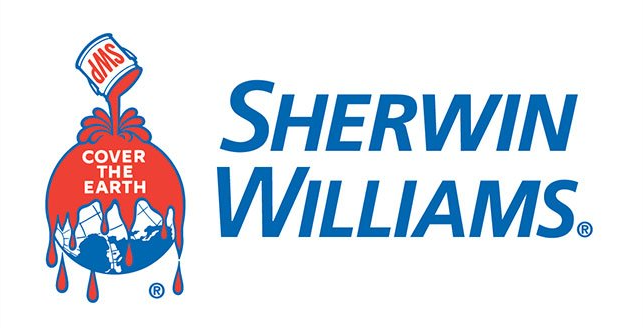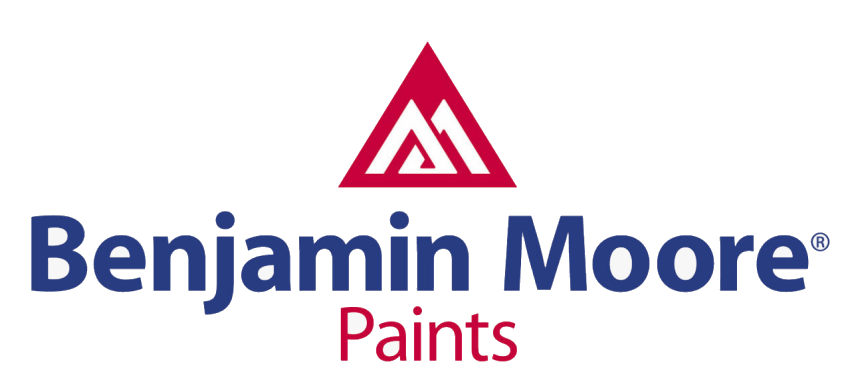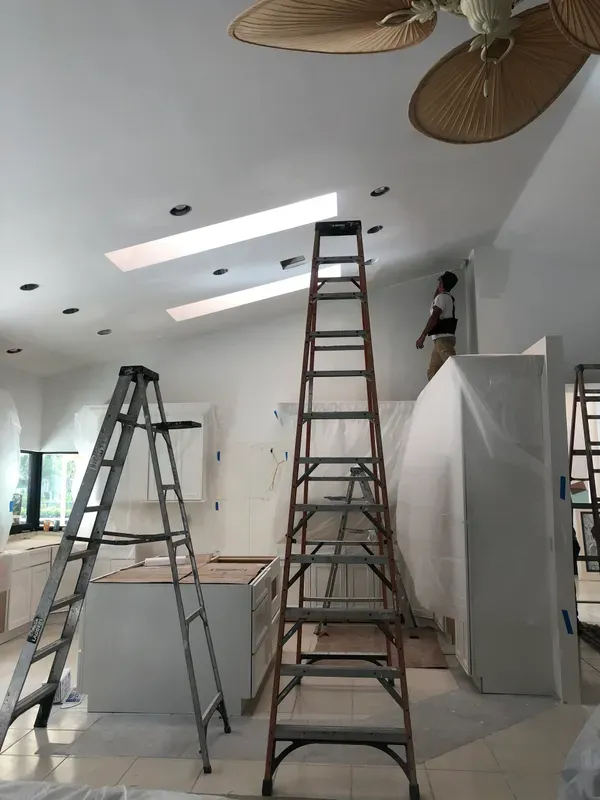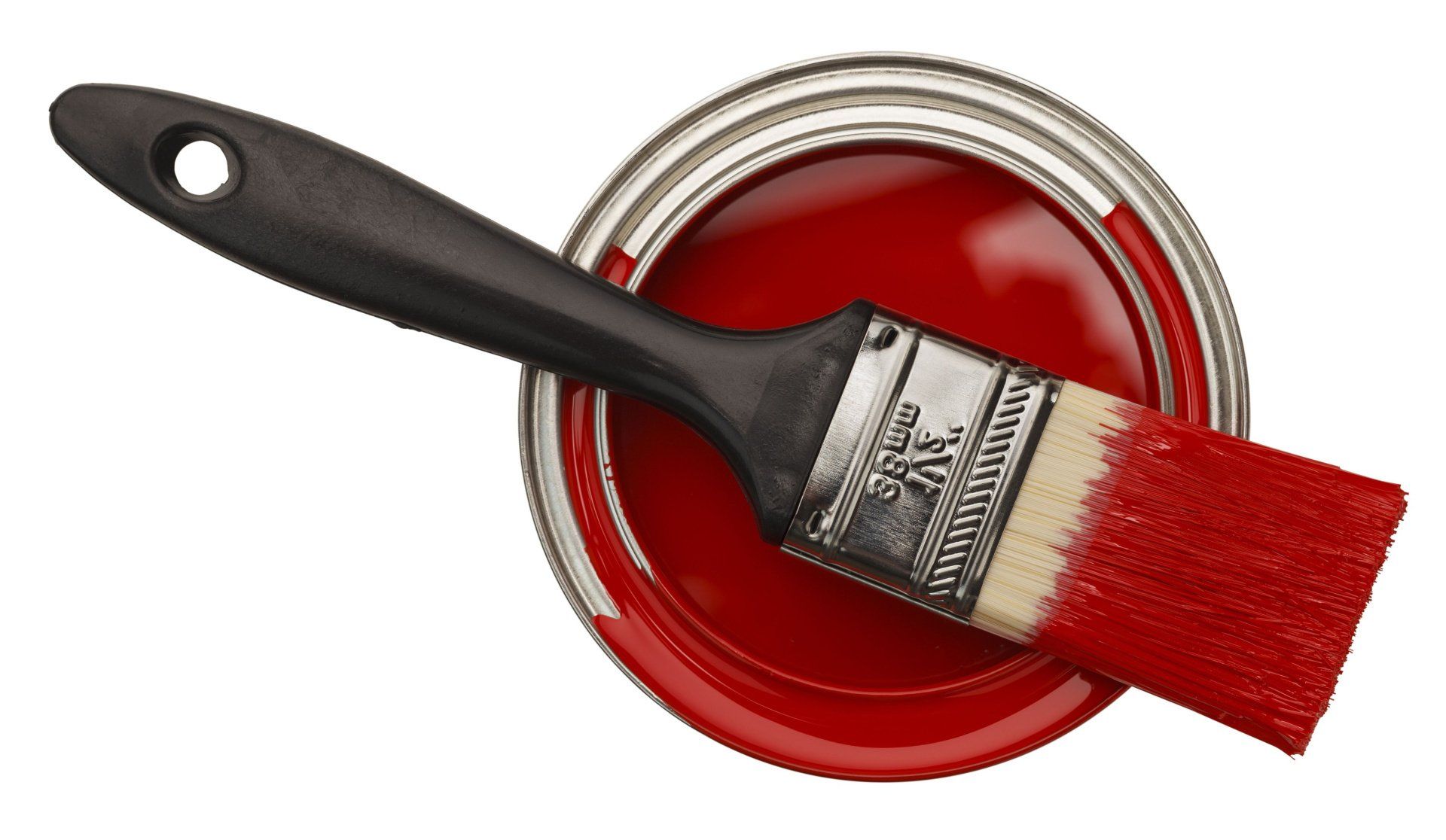Areas We Service
When do I Need Maintenance?
Keeping your property on a regular repainting plan can keep surfaces appearing clean and bright while also providing an opportunity to evaluate and correct minor flaws. Surfaces vary around the property, requiring various scheduling and preparations to get the job done. Every three years, painted metal, wood, or plasterboard walls and ceilings in common spaces should be examined and repainted. At that point, any holes, dents, or scratches may be filled to ensure the fresh layer of paint looks beautiful and adheres well.
Can mildew be prevented indefinitely?
No. Mildew may flourish in any dark, wet environment with little air circulation. Paints can be engineered to limit mildew development, although mildew can ultimately resurface on any type of paint under certain conditions. In such situations, a cleaning or maintenance routine is the greatest form of defense.
What may I use to clean a previously painted surface?
Maintenance cleaning is critical to a painted surface's entire service life. However, when choosing a cleaning, utilize a non-abrasive cleanser. Avoid using ammoniated cleaning agents while cleaning waterborne paint. In most cases, mild soapy water will sufficient. However, always test the cleaning solution in a hidden location to guarantee that it will not harm the paint coating.
What is the best approach to repair or touch up a wall?
Touching up an existing painted surface can be difficult; expert painters deal with this all the time. Ideally, use the same can of paint that was originally used, but decrease it by 10% to 15% with the reducer specified on the can. Use a tiny trim roller to touch up walls where paint was applied with a roller. Use a brush if the paint was brushed on. Apply a little quantity of touch-up paint and "feather" the edges, working your way in from the outer edge of the touch-up area to the center. "Feathering" is the process of dragging the brush over the region outside of the touch-up onto the fresh paint to produce a transition that hides the touch-up. Use a primer sealer if the surface had to be fixed. Try priming and painting to a natural break. Please keep in mind, however, that mended sections may be visible at times. Painting the entire wall may be the best solution in this case.
How can I clean a mildewed surface in preparation for a new paint job?
There are a variety of cleansers on the market that are particularly intended to remove Mildew. Many of these are effective, but a bleach and water solution will also work. Use a mix of one part household bleach to three parts water to clean mildewed spots. Mildew and bleach stains created by mildew development will be destroyed. Apply the solution with a brush or a garden sprayer. Heavy mildew may necessitate several applications and cleaning. To remove the bleach solution, flush the area with clean water (before the solution dries). Allow the surface to dry completely. To avoid contact with the solution, wear protective gear and eyewear. Never combine bleach with other chemicals. Please keep in mind that these techniques only treat the mildew issue. Various pollutants may necessitate cleanup by other techniques.
What should I use to clean an outside surface before painting it?
A detergent cleanser, such as a TSP Substitute or a PrePaint Cleaner, can be used in general. When working with these cleansers, make sure to wear all of the appropriate safety equipment. Other chemicals should not be used with these cleansers. Please keep in mind that some of these products may have an impact on the overall quality of the current surface and should only be used if you intend to repaint the surface.
How to get rid of the white stuff that's forming on my masonry surface?
This appears to be efflorescence. Efflorescence is commonly observed on cementitious wall surfaces as a white, fluffy layer of salt crystals. It is affected by the presence of salt and moisture. Crystal growth will continue as long as both components are present. The salts are present in the mortar blocks or concrete structure, and the moisture is generally due to a construction flaw. Efflorescence will appear as thin bands matching to mortar joints when emerging from mortar in brick or block constructions. If efflorescence persists, painting should be postponed. Mechanical scrubbing should be used to remove salts. The use of high-pressure water to eliminate efflorescence is not suggested since it may aggravate the issue. Repair any spots where moisture has entered the wall. Allow the walls to dry completely before priming.
How do I clean my freshly painted wall?
Wait at least two weeks before washing the dried paint coat to ensure optimal washability and durability. Abrasive or strong chemical cleaners should be avoided as they may harm the paint coating. Cleaners with a high concentration (liquid or dry): Before using, make sure to read all of the instructions on the packaging. It is usually best to test any cleaning on a tiny, discreet area first. Mix or dilute the cleanser according to the package directions. The strength of the solution can be varied based on the amount and kind of contamination. Remove any large amounts of debris and pollutants. Remove surface debris and marks using a sponge or cloth. Allow no time for the cleaner to dry on the surface. Always clean from the bottom to the top of a wall. Thoroughly rinse the surface.
Our Maintenance Process
Is The Best In the Business!
Painted doors, railings, equipment, work surfaces and floors should be repainted every two years as they generally endure a lot of wear and tear. Look for rust or chips on metal surfaces and railings especially, and clean them with a wire brush. Because the exact maintenance needed for your property are very dependent on your home's specific demands, scheduling an free inspection by one of our specialists is the best way to receive an exact quote for your property!
How It Works
1. Contact us
Contact us by telephone, email or via the contact form.
2. Tell us your needs
Describe your project and tell us your budget.
3. We'll prepare an estimate
We'll prepare a plan for you to review and approve.
4. Project starts
Once we've agreed on all the details, we'll get started.
5. On time, every time
Project ends when you're fully satisfied.
Other Services
Our Partners

























